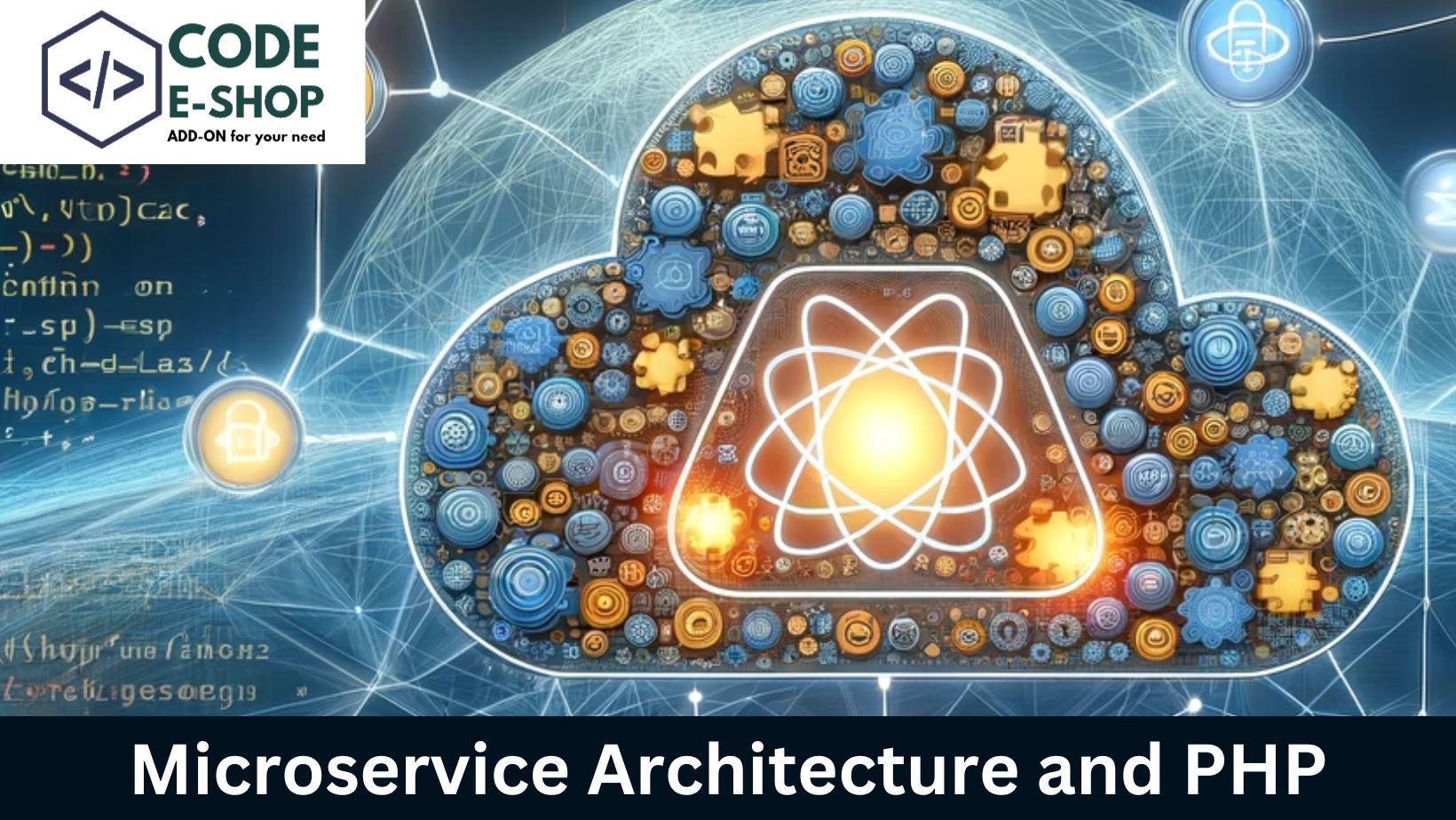13 June, 2024
The Microservice Architecture and PHP
In recent years, the microservice architecture has emerged as a highly effective approach for developing scalable and agile software applications. This architectural style, characterized by the creation of small, autonomous services, aligns particularly well with the dynamic and flexible nature of PHP, a server-side scripting language that is popular among web developers. In this blog, we explore how PHP fits into the microservice architecture and why it might be a suitable choice for building microservices.
Understanding Microservices :
Microservices are a design approach in which a large application is composed of small, independently deployable services. Each service runs a unique process and communicates with other services through well-defined APIs. This approach contrasts with the traditional monolithic architecture, where all the components of an application are tightly integrated into a single unit.
Key Characteristics of Microservices :
- Independence: Each microservice is self-contained and can be deployed, developed, and scaled independently.
- Specialization: Every service is built around a specific business capability.
- Decentralization: Microservices promote decentralized data management and governance.
- Resilience: The failure of one service doesn't impact the entire application.
- Agility: Teams can develop, test, and deploy services independently and quickly.
PHP in the World of Microservices:
PHP, known for its simplicity, flexibility, and speed, is a powerful tool in the microservice architecture for several reasons:
1. Ease of Development :
PHP's straightforward syntax and a vast array of frameworks, like Laravel and Symfony, make it easy to develop and maintain microservices. These frameworks offer built-in features for routing, service containers, and RESTful APIs, which are essential for microservices.
2. Scalability :
Microservices need to be scalable to handle varying loads. PHP, with its lightweight nature and compatibility with major cloud providers, can be efficiently scaled horizontally in a microservice architecture.
3. Interoperability :
PHP services can easily communicate with microservices written in other languages using REST or RPC APIs. This interoperability is crucial in a microservice ecosystem where different services might be developed in different technologies.
4. Rapid Deployment :
PHP's shared-nothing architecture makes it ideal for stateless microservice deployment. The language's compatibility with containerization technologies like Docker and Kubernetes further enhances its deployment capabilities.
Best Practices for Implementing PHP Microservices
When building microservices with PHP, consider the following best practices:
- Focus on Single Responsibility: Ensure that each PHP microservice is focused on a single functionality.
- API-First Design: Design your APIs before implementation. Tools like Swagger can be used for API documentation.
- Leverage PHP Frameworks: Utilize PHP frameworks that support microservice architecture.
- Continuous Integration/Continuous Deployment (CI/CD): Implement CI/CD pipelines for rapid testing and deployment.
- Monitoring and Logging: Use tools like Prometheus and ELK stack for monitoring the health and performance of your microservices.
Challenges and Considerations :
While PHP is a robust choice for microservices, there are challenges to consider:
- State Management: PHP is stateless, so managing state between requests can be complex.
- Asynchronous Processing: PHP traditionally follows a synchronous execution model, which might be limiting for some microservices.
- Complexity: Microservices can introduce complexity in terms of deployment, monitoring, and inter-service communication.
Conclusion :
The microservice architecture offers significant benefits in terms of scalability, resilience, and agility. PHP, with its ease of use, flexibility, and robust frameworks, can be an excellent choice for building microservices. However, it's crucial to understand the complexities and challenges involved. With the right approach and practices, PHP can help in building efficient, scalable, and maintainable microservices.

